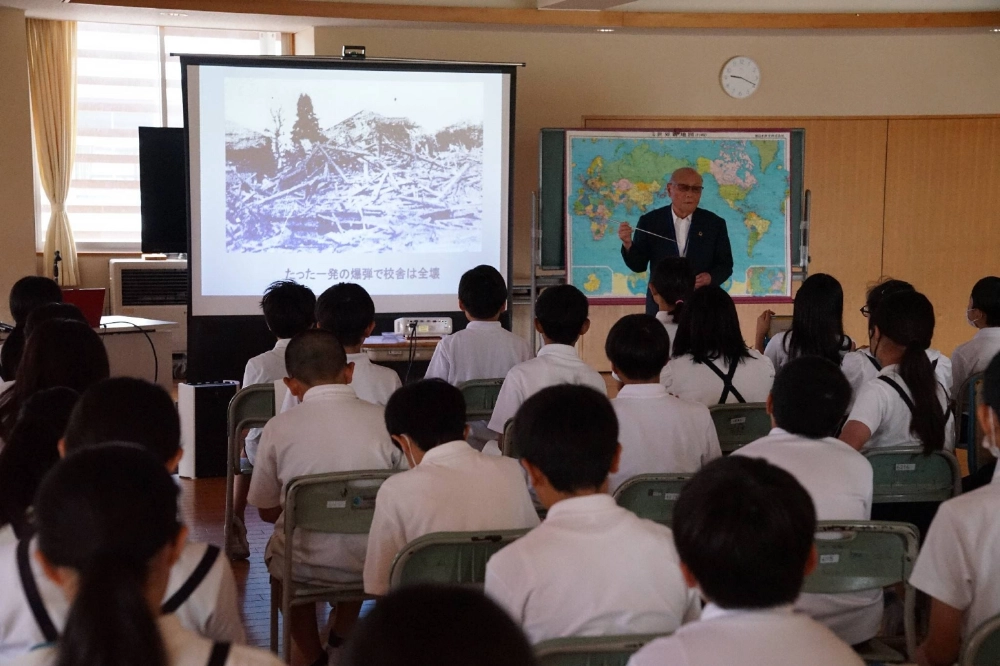People in Fukushima Prefecture and other parts of Japan are working to pass down the stories of "pumpkin" bombs the United States dropped on 18 prefectures in the country. They are also known as being mock-ups of the atomic bombs that devastated the cities of Hiroshima and Nagasaki in August 1945.
Over 400 people were killed by 49 such "mock atomic bombs" dropped between July 20 and Aug. 14, 1945, mostly as a way to rehearse the atomic bomb attacks against Hiroshima on Aug. 6 and Nagasaki three days later in the final stages of World War II. The rehearsed conventional weapons are similar in appearance to the atomic bombs.
The pumpkin bomb — so named also because of their shape — attacks were long a secret and therefore are relatively unknown. Eighty years since the bombings, work is underway to keep survivors' memories alive, with studies being conducted in many areas in Japan.


















With your current subscription plan you can comment on stories. However, before writing your first comment, please create a display name in the Profile section of your subscriber account page.